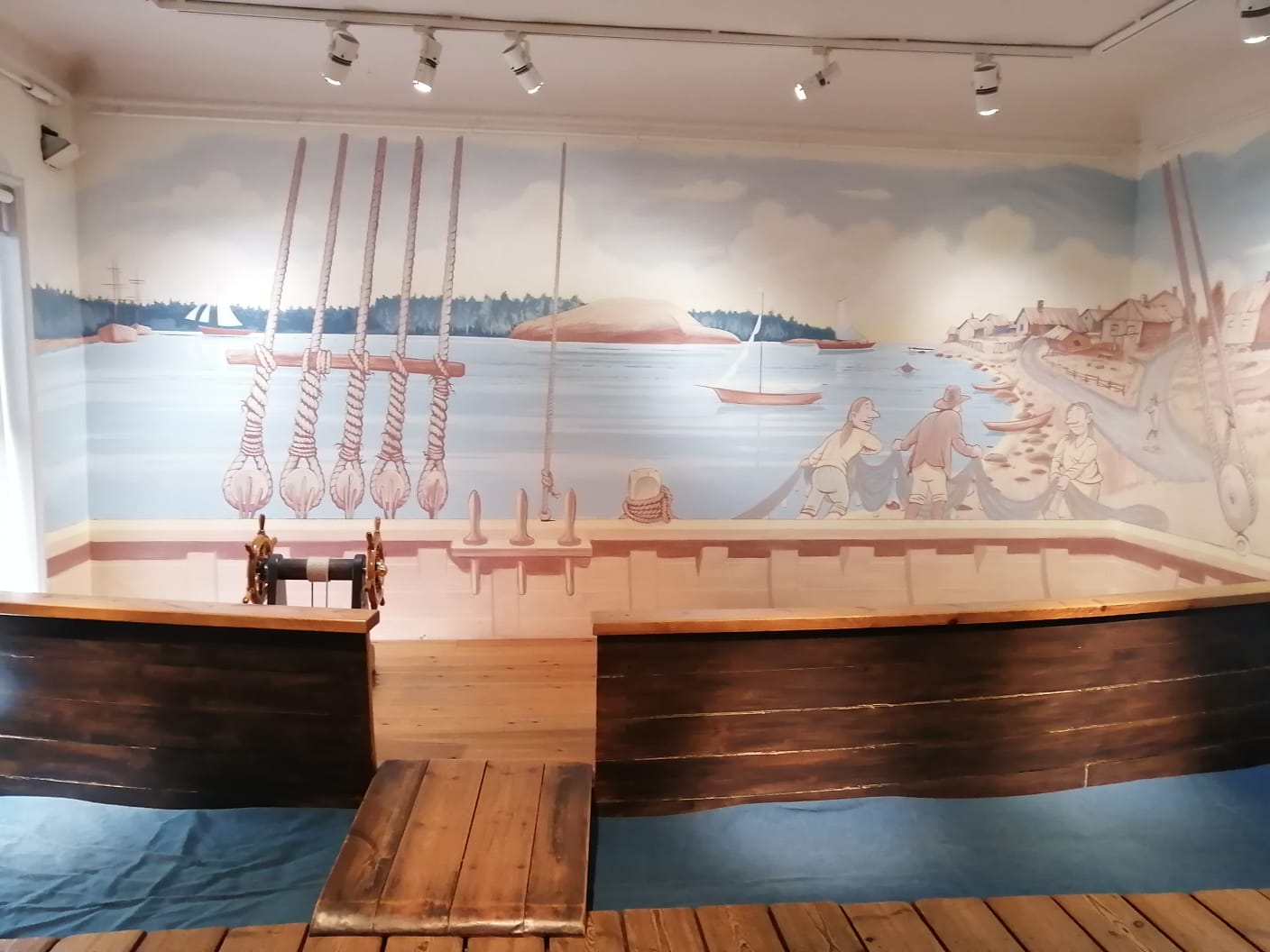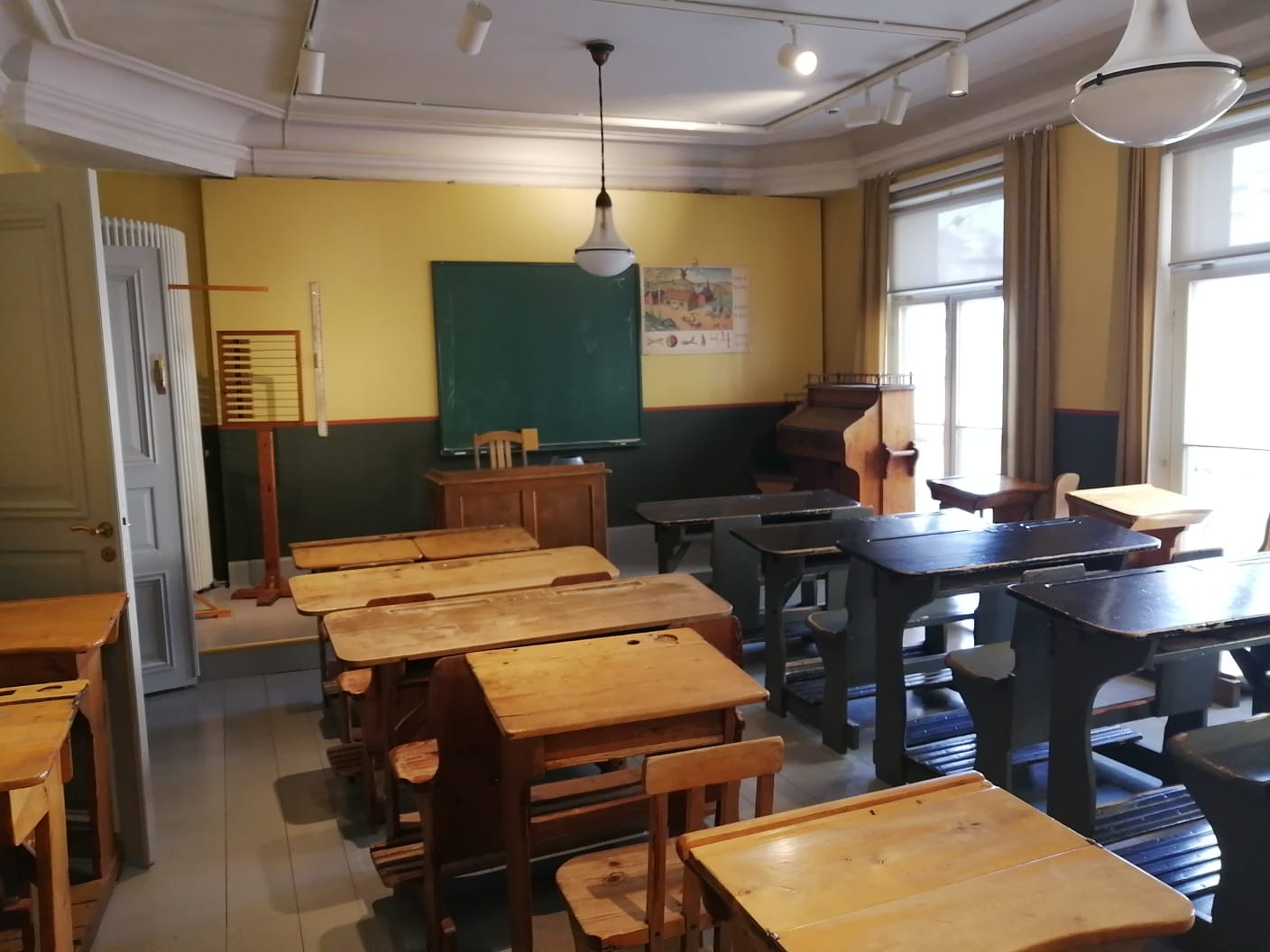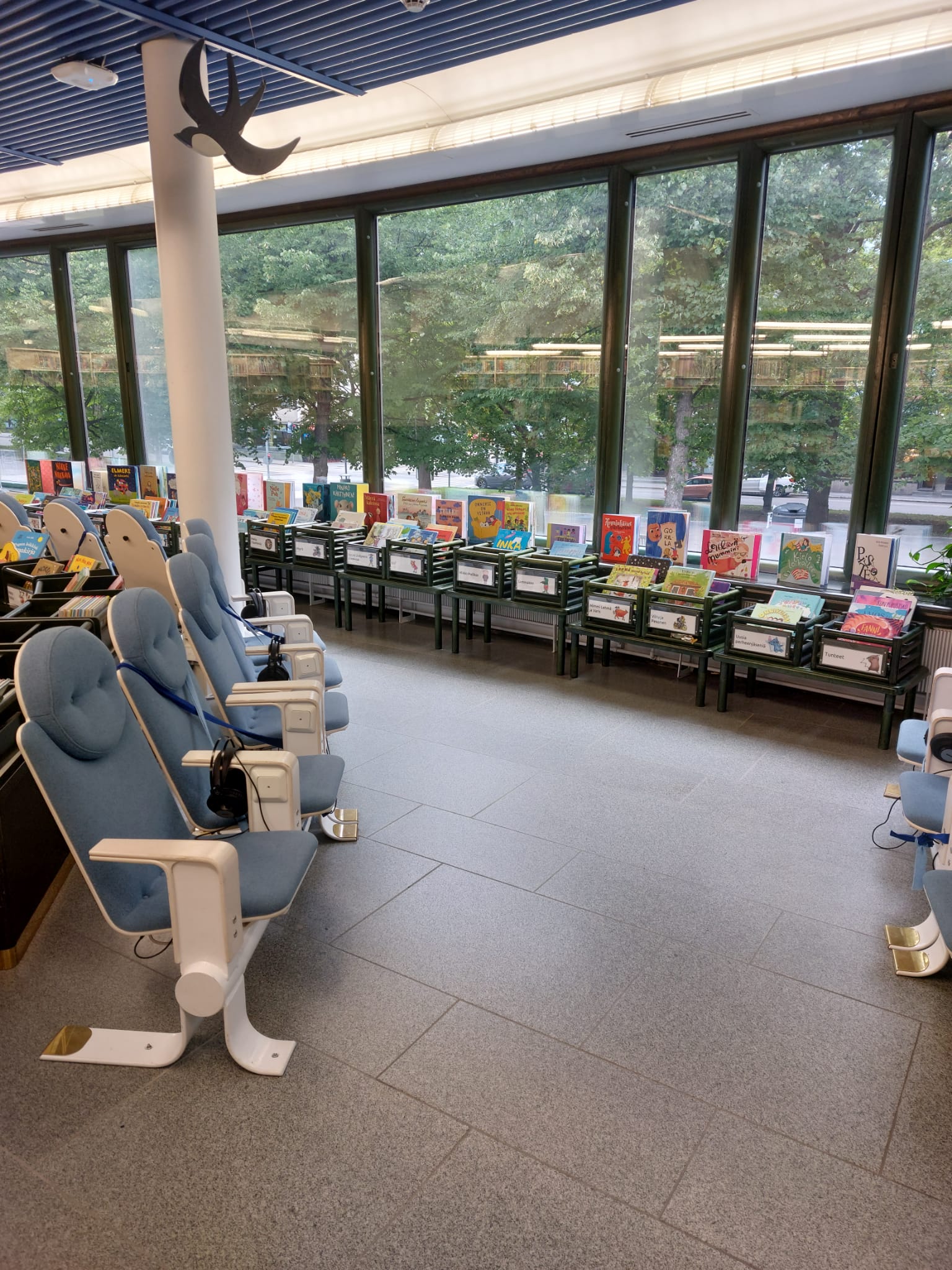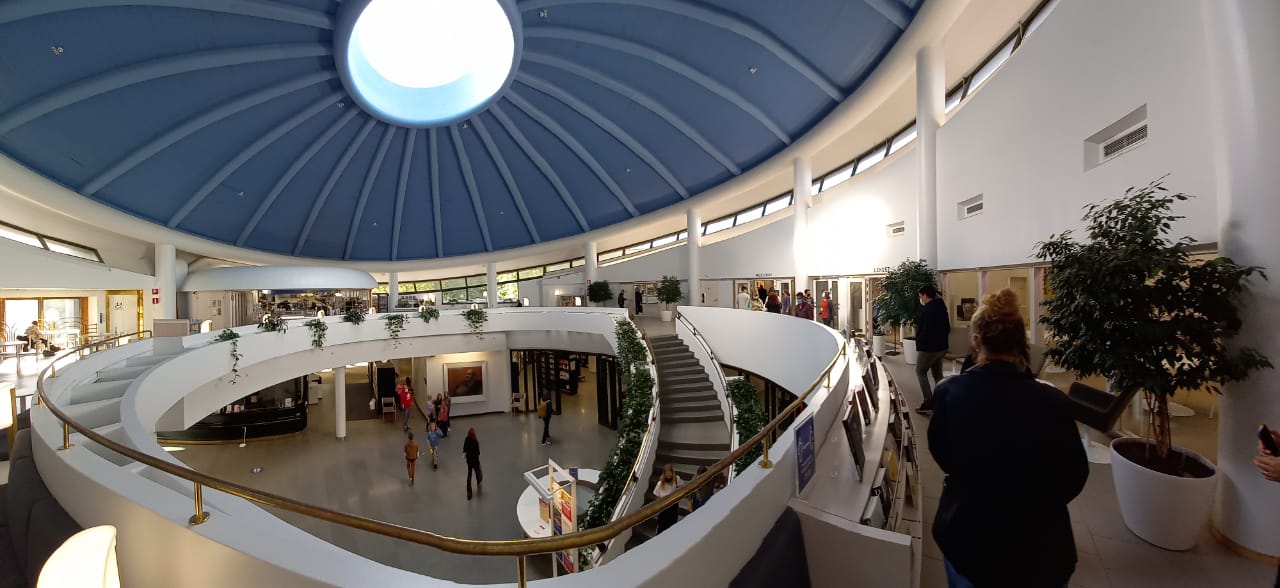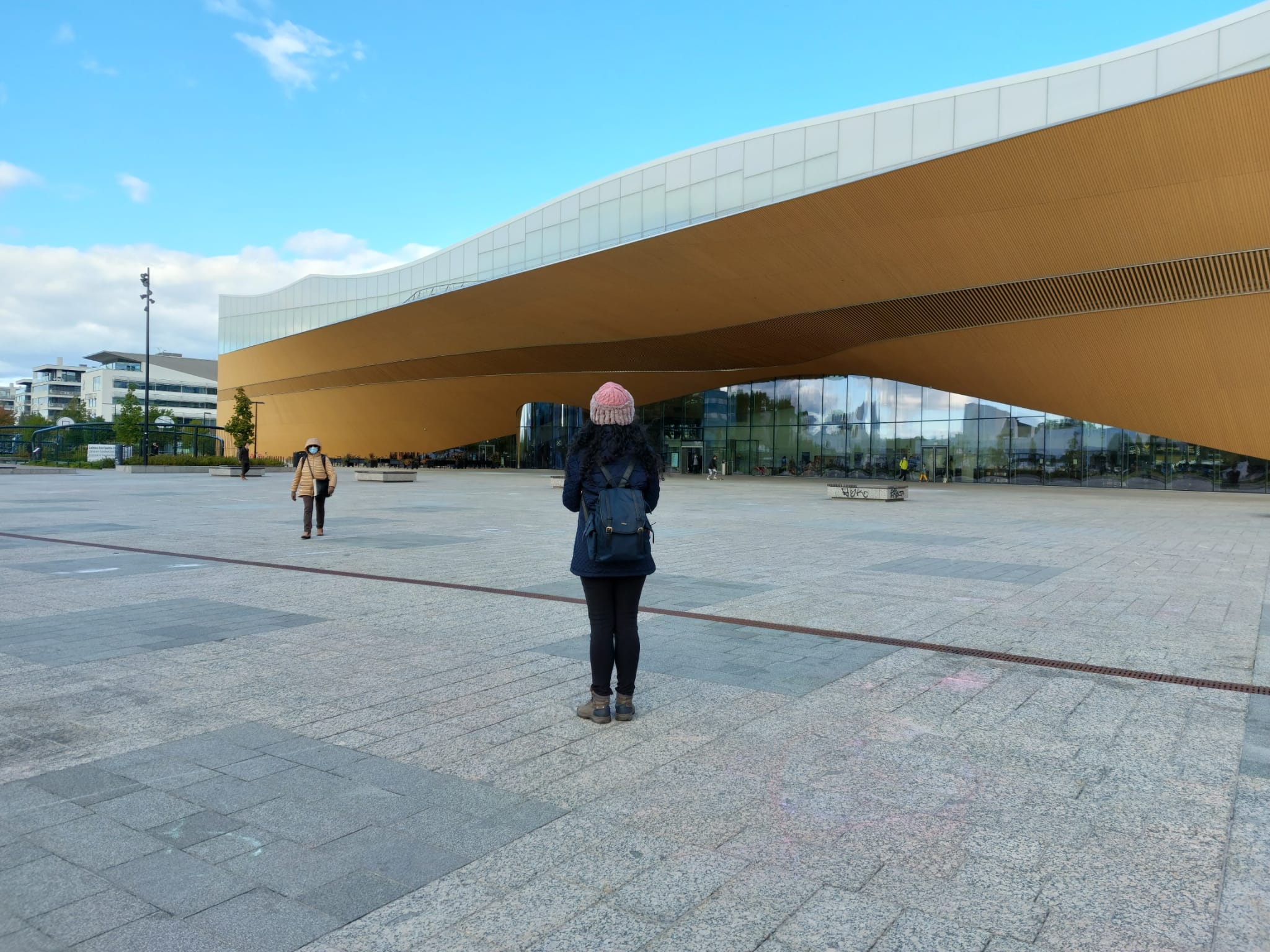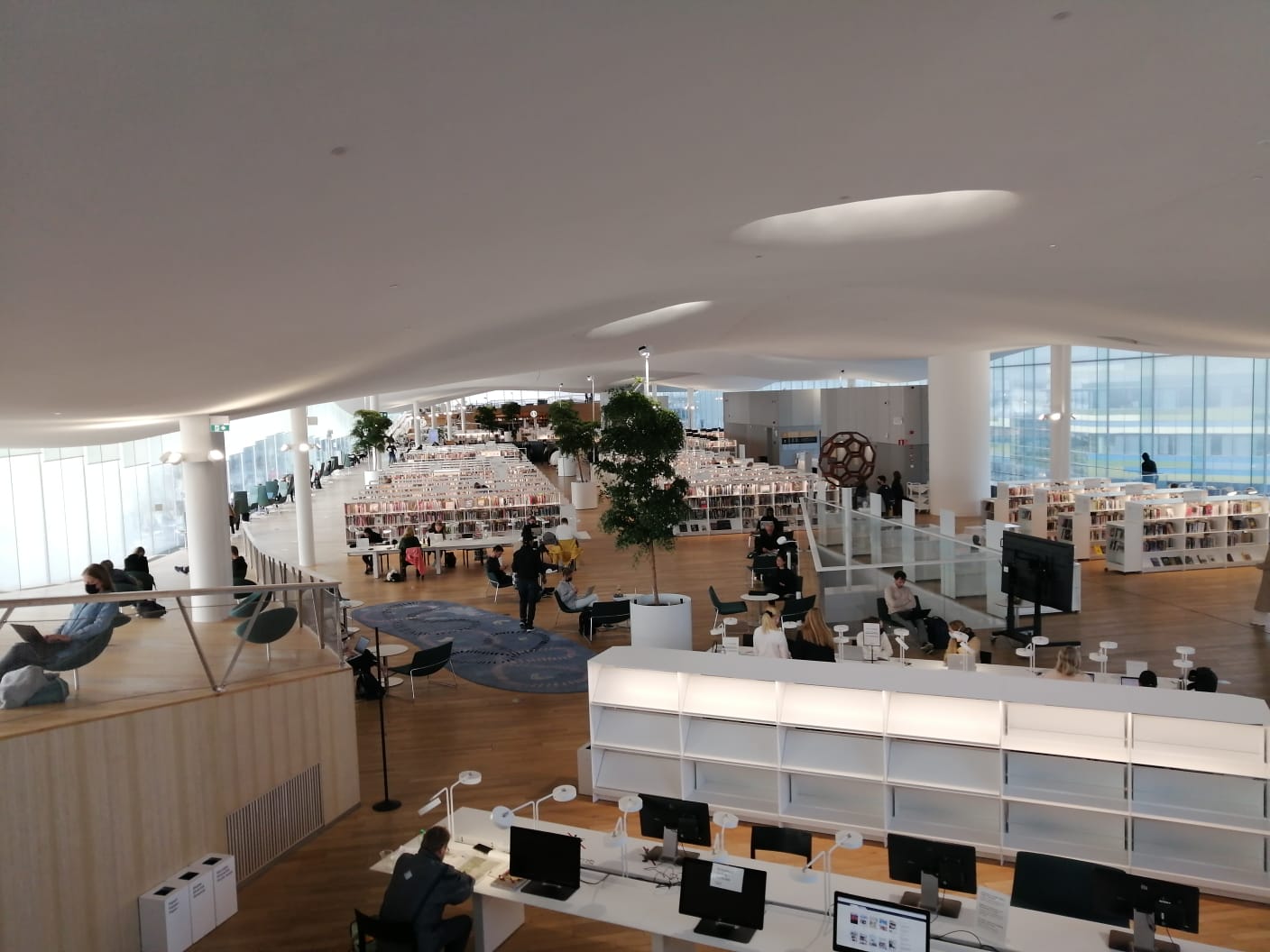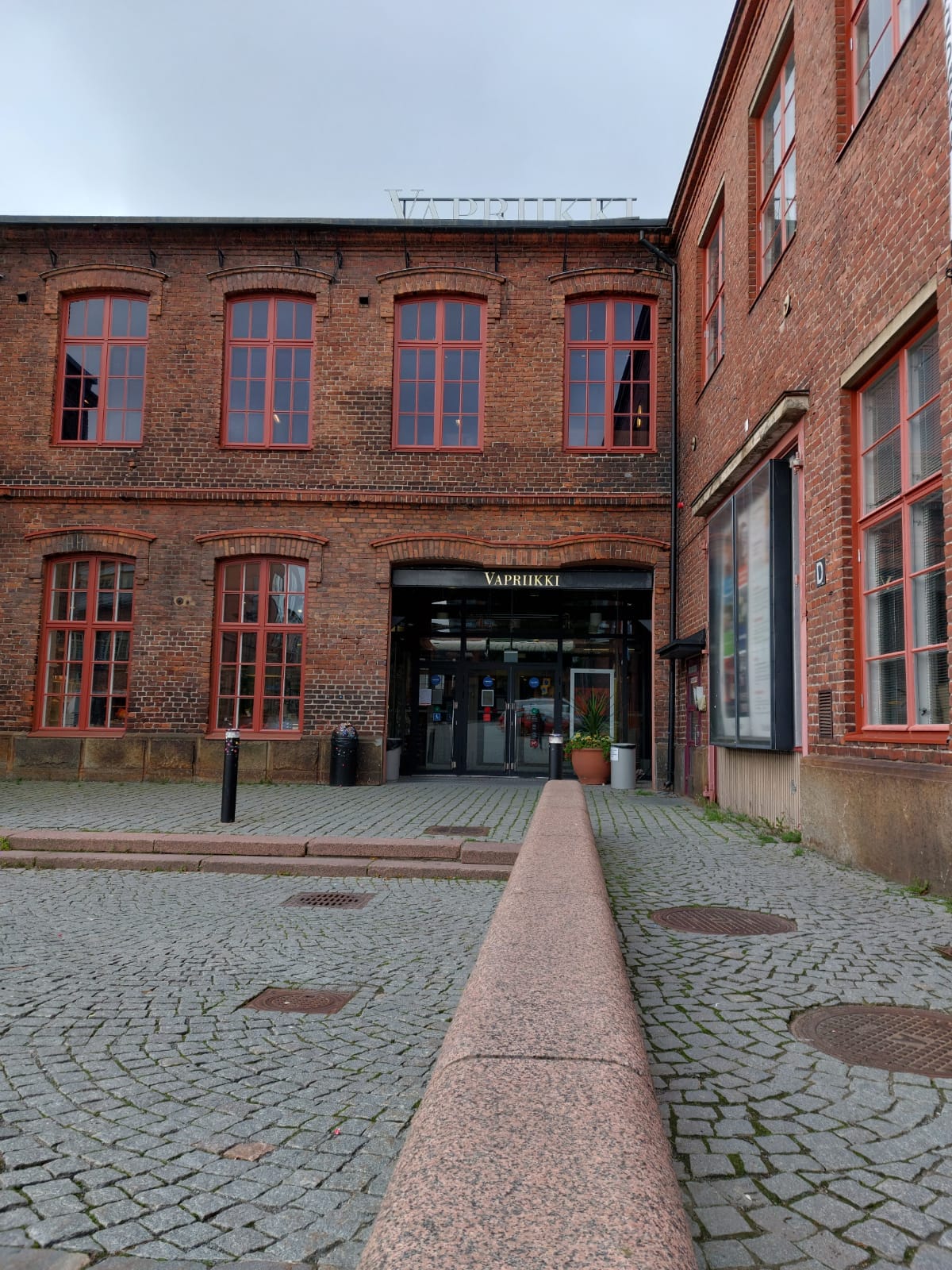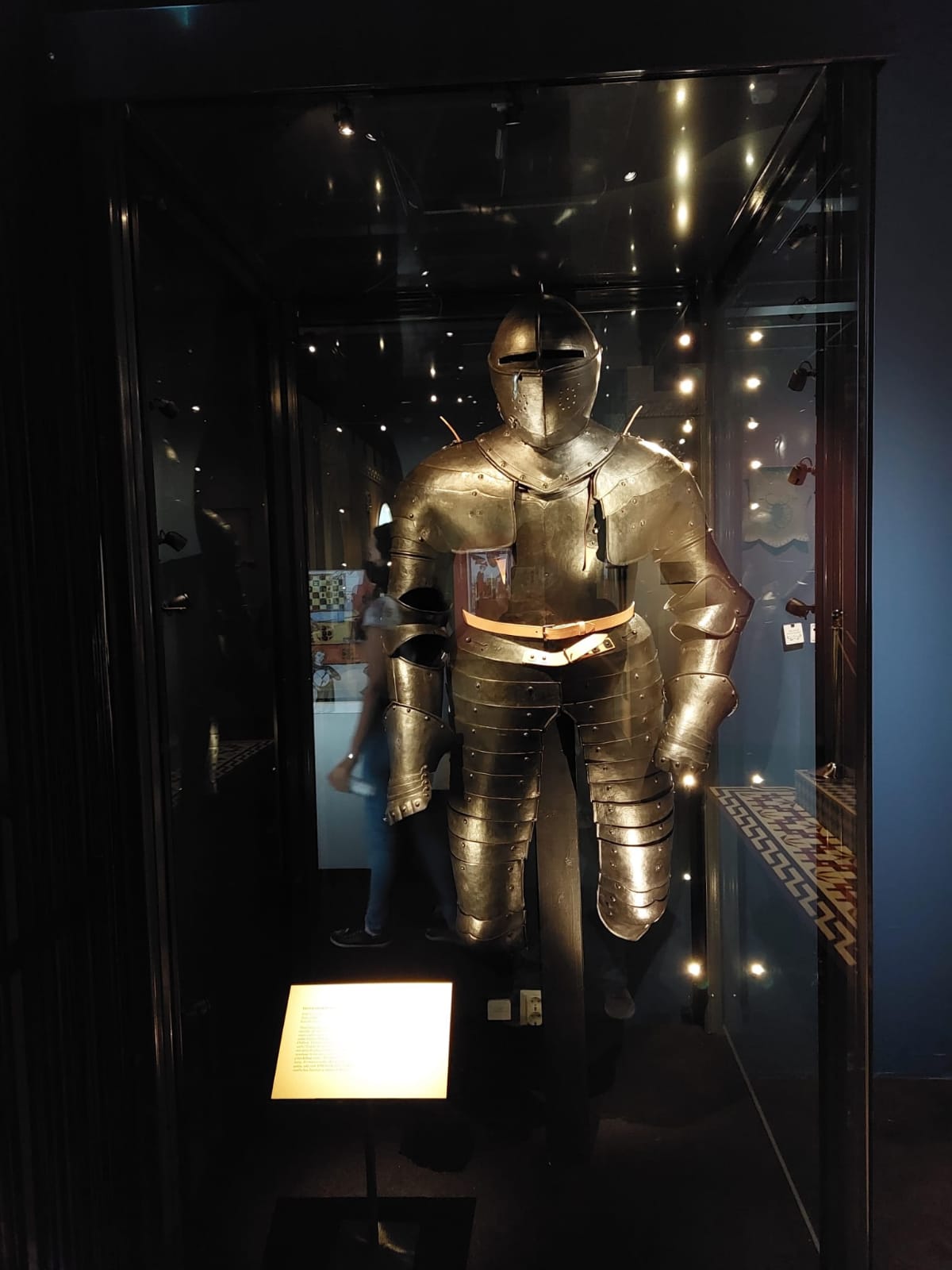Hi, guys!
As I was reading the book (Finnish Education in Practice - What, why and how) I remembered a conversation of some years ago. My co-worker was, proudly, telling us that in her kids' school there was a ranking made every year for each grade after a test. The students were separated into class A, B, C and so on, accordingly to their position in the ranking. Her kids, as you can imagine, were on the top of their grade ranking.
My former boss listened that and, patiently, explained to her that this kind of thing is harmful. As an example, she told us a story that happened between her two kids that are just one year apart on age. Their school used to give medals to the highest grades (simulating gold, silver and bronze). So, his son got a golden medal, but her daughter, who was in the same class, didn't. This started a crisis in the family. The boy was so proud of himself and the girl was thinking she was stupid.
I don't believe that the proud mother understood what the wise one was explaining, but I did. What if I were the one without the medal? Or on the end of the ranking? How would I feel?
This caught my attention because the book said that there's no grades ranking in Finland and the teachers aren't concerned about knowing 'who is the best'.
Why do we do rankings? Who does this help? Just another question I have no answer.
(Texto em português logo abaixo)
Oi, pessoal!
Enquanto lia o livro (Finnish Education in Practice - O quê, porquê e como), lembrei-me de uma conversa de alguns anos atrás. Minha colega de trabalho estava, orgulhosamente, nos contando que na escola de seus filhos havia uma classificação feita todos os anos para cada série após um teste. Os alunos foram separados em turmas A, B, C e assim sucessivamente, de acordo com a sua posição na classificação. Os filhos dela, como vocês podem imaginar, estavam no topo da classificação.
Minha ex-chefe ouviu isso e, pacientemente, explicou a ela que esse tipo de coisa é prejudicial. Como exemplo, ela nos contou uma história que aconteceu entre seus dois filhos que têm apenas um ano de diferença de idade. A escola deles costumava dar medalhas para as notas mais altas (simulando ouro, prata e bronze). Então, o filho dele ganhou a medalha de ouro, mas a filha dela, que estava na mesma classe, não. Isso deu início a uma crise na família. O menino estava tão orgulhoso de si mesmo e a menina estava pensando que ela era estúpida.
Não creio que a mãe orgulhosa tenha entendido o que a sábia estava explicando, mas eu entendi. E se eu fosse a sem medalha? Ou no final do ranking? Como eu me sentiria?
Isso chamou minha atenção porque o livro dizia que não há classificação de notas na Finlândia e os professores não estão preocupados em saber 'quem é o melhor'.
Por que fazemos classificações? Quem isso ajuda? Só mais uma pergunta para a qual não tenho resposta.
